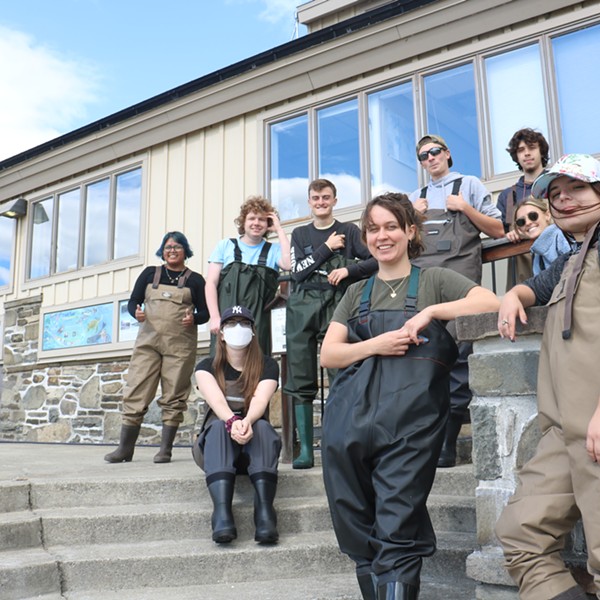There was a time not so long ago when broaching the subject of boarding school could leave a child shaking in their boots. The name alone can make you shudder by conjuring up images of dark halls, stringent headmistresses, and isolation. A parent could use this as a scare tactic to coerce good behavior out of a youngster. If you’ve read Catcher in the Rye then you know that the young mind of Holden Caulfield despised nothing more than phonies at Pency Prep—so much so that his actions led to his expulsion. For many Americans, especially those who have not lived on the East Coast, where boarding schools are more prevalent, the life of a boarder remains a mystery, a bit intriguing and possibly a misconception.
Today, boarding school life is nothing like that of Holden Caulfield’s era, when prep school was often associated with an upper echelon of class, the social elite. Now, financial aid is more readily available and students are applying to boarding schools like they would a university. Kathryn Sullivan, the director of admissions at Connecticut’s Kent School, says, “It’s a college process, but at a high school level.” She also believes it’s the students who are making the final decisions on where they’ll be attending boarding school.
HERE AND ABROAD
There are three main types of boarding schools: college-prep or secondary schools; junior boarding schools; and therapeutic boarding schools. Military and religious boarding schools are also somewhat common in the US.
College-prep boarding schools are typically for the high school-age students and often offer advanced course studies. These schools prepare the students to thrive academically in college. The schools can be small or large, coed or not. Richard Brande, the director of enrollment and external affairs at South Kent School, an all-boys secondary school in South Kent, Connecticut, reflects on what particular type of student thrives in a boarding school environment: “The kid who is excited to live away from home, who is intellectually curious and motivated to do well. Also, those who might get lost in the big sea of public school.” (There are only 153 students currently enrolled at South Kent.) Sullivan’s perspective is similar in that the student must want to be there. “The classes are smaller,” she says. “They do want to be away from home, and have the opportunity to be the lead in the school musical and take six different language options.”
The junior boarding schools are for children from first through eight grades, and, according to www.boardingschoolsinfo.com, “most junior schools are part of a larger campus that includes middle and high school grades as well. A junior school can greatly benefit younger students who have trouble developing the discipline necessary to study and stay organized. The smaller class sizes also enable teachers to give each student more focused attention.”
A 1994 article in the London Times discussed the increasing number of working parents who were opting for junior boarding schools over public or private day schools. The burden of a daily commute combined with the weekly costs of after-school childcare, it read, could be put toward an education at boarding school. A mother and two boys chronicled their positive experience with boarding school and the superior education, independence, and personal relationships because of this decision. Since then, statistics show that the number of pupils in boarding schools has increased for the first time since the 1980s, despite higher fees. We should assume that women will continue to grow in the work force, so perhaps junior boarding school is the solution to a happy and harmonious home life.
Mike Stubbs is the associate director of admissions at Indian Mountain School, a coed junior boarding school in Lakeville, Connecticut. Boarding students at Indian Mountain are generally 11 to 16 years old. Stubbs feels that the unique dynamic of the junior boarding school is much more nurturing a day school. While it seems that secondary boarding schools put more academic pressure on the student, junior boarding schools do not, he says. “It’s not sink or swim,” says Stubbs. “We provide them with the tools and skills to succeed. They have lots of options—music, art.” Stubbs gives an inspiring example of a ninth-grade student who was playing five instruments by graduation day. That’s not to say that there’s not a rigorous academic curriculum at Indian Mountain. “We just don’t have our students [only] doing calculus,” he says.
















